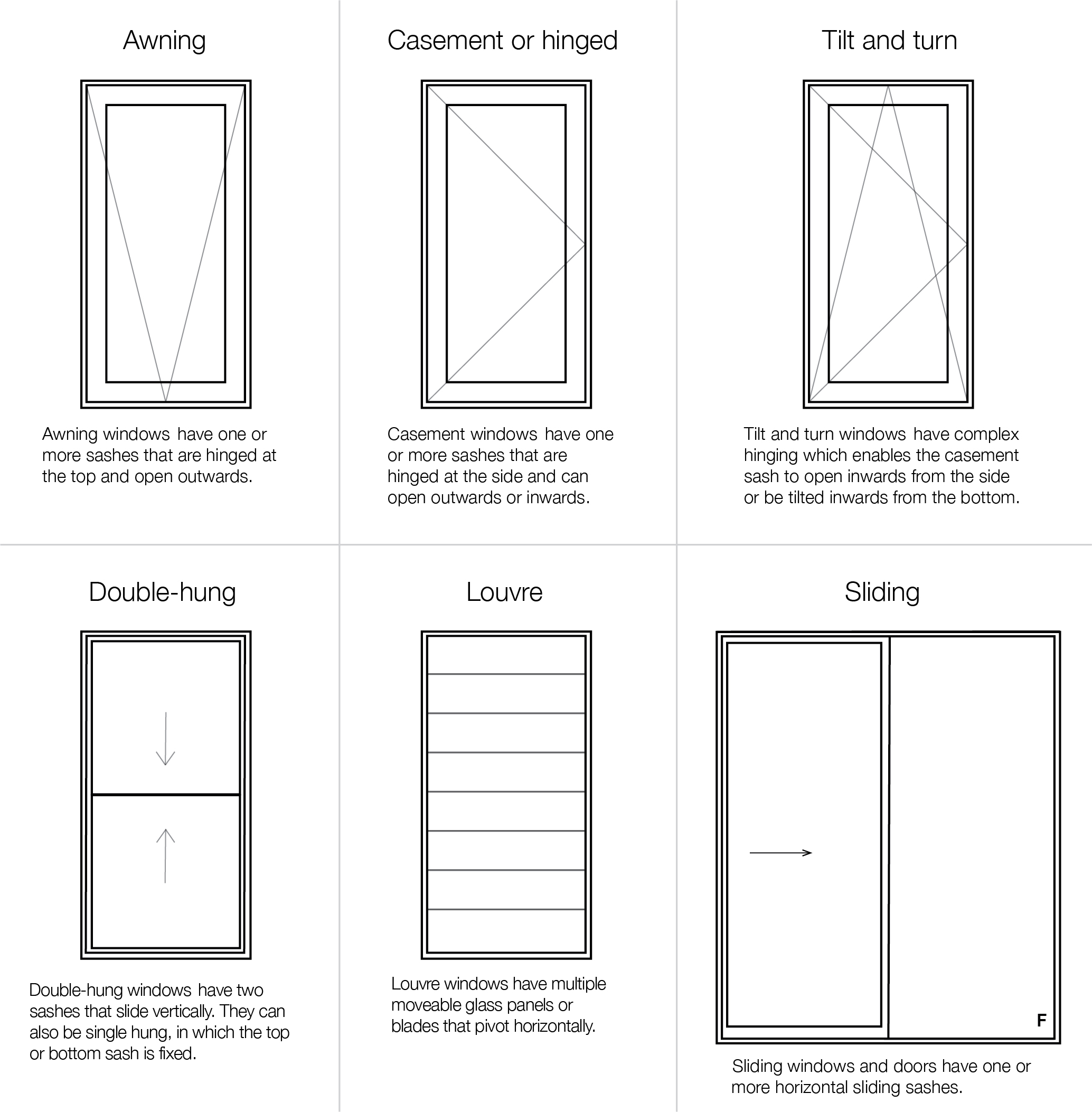All Categories
Featured
Table of Contents
Glass Selector - Custom Single & Double Glazed ... in Gosnells Perth
That window can transmit more solar heat in winter than in summertime. A west-facing window on a summertime's afternoon has an angle of occurrence from near 0 as much as 30 with a large efficient location of solar radiation. A north-facing window, in summer season, has a high angle of incidence and a low efficient area of solar radiation, so can transmit less heat than a west-facing one.

But you can quickly and easily enhance the thermal efficiency of your home by changing your windows. This is among the most effective approaches of remodelling to achieve enhanced thermal convenience. There are thousands of kinds of glass and frames to pick from. Picking the best ones is very important to improving the energy effectiveness of your house.
Does Double Glazing Have A Vacuum? in Kensington Western Australia
Single glazing with clear glass is not really efficient when it comes to heat loss or gain. To improve efficiency, you can use single glazing with a more energy-efficient type of glass such as low emissivity (low-e) glass.
Several layers can be assembled with sealed cavities between each sheet of glass. IGUs usually offer much better energy efficiency than single glazing, due to the fact that they transmit less energy. However, the energy efficiency of IGUs likewise depends upon: the residential or commercial properties of each layer of glass. Various glass types (for instance, clear and low-e glass) can be put together in an IGU.
What Is The Best Glazing For My Home? - Part 2 in Koondoola WA

IGU cavities can be filled with air or a more inert, low-conductivity gas such as argon the width of the cavity. Broader cavities offer lower (much better) U values, with 12mm generally accepted as the preferred gap how well the cavity is sealed.
If argon is installed to the cavity in place of air, moisture is dependably excluded the level of desiccant (drying representative). The spacer (metal or polymer strip) that separates the glass layers includes a desiccant to take in any moisture. Insufficient desiccant may cause wetness to condense on the glass surface area in cold conditions, reducing thermal performance.
Faq in Madeley Western Australia
In fact, IGUs can provide much better energy performance for all climates, specifically in heated and air-conditioned homes. Cross-section information of single, double and triple-glazing units Low emissivity glass (commonly understood as low-e glass) lowers heat transfer. Low-e glass may be either high or low transmission: High transmission low-e glass has a finishing that permits daylight from the sun to pass into your home to attain good solar heat gain, however reduces the quantity of the long wavelength infrared heat that can get away back through the window.
Low-e glass has either a pyrolytic coating or a vacuum-deposited thin film metal finish. Pyrolytic coverings are resilient and can be used for any glazing; vacuum-deposited coatings are soft and are just used within IGUs. Low-e finishings can substantially enhance both U worth and SHGC; however, they must be used correctly or they will either weaken or stop working to perform as required.
Sustainability in Spearwood WA
Low-e coverings can be used in mix with clear, toned or reflective glass. Low-e coatings on glazing can minimize heat transfer where needed Photo: Department of Industry, Science, Energy and Resources Toned glass has colouring additives consisted of during manufacture. It is offered in various colours, usually bronze, grey, blue and green.
Latest Posts
Double Glazed Windows in Floreat Perth
Insulated Glass Unit – Igu in Lathlain Perth
What Is Triple Glazing? - Infinite Windows in Attadale Perth